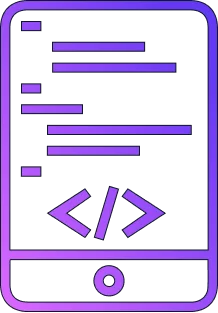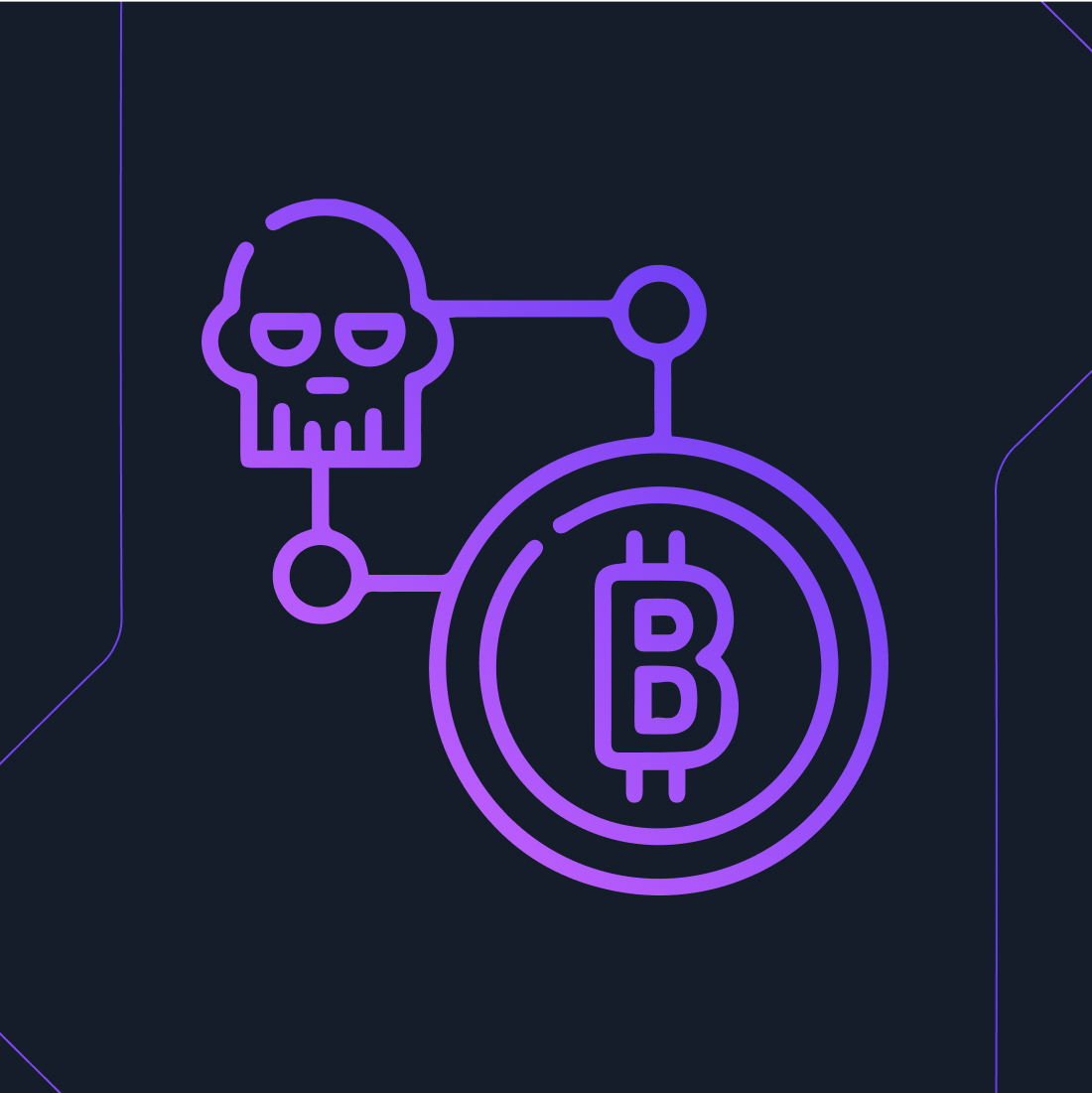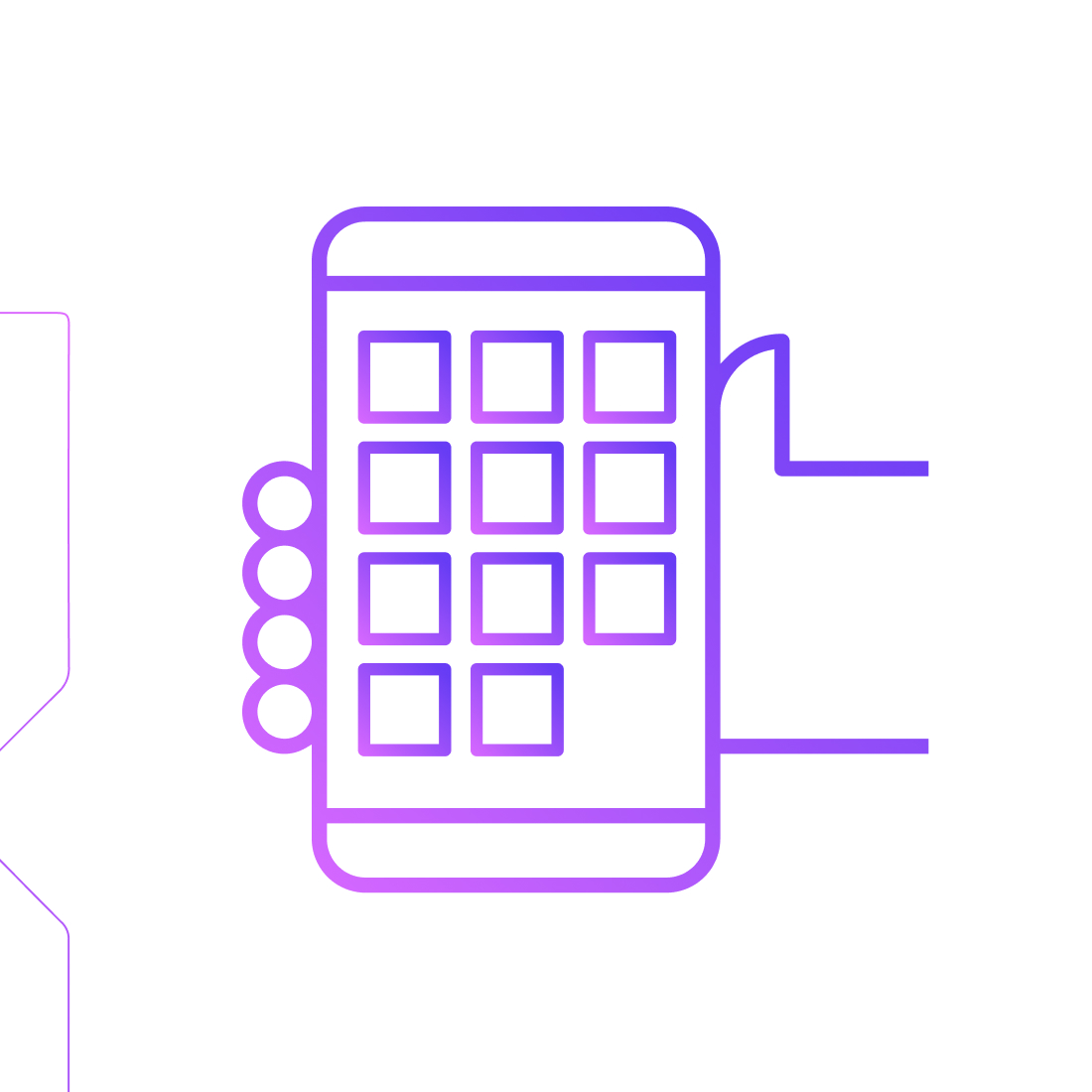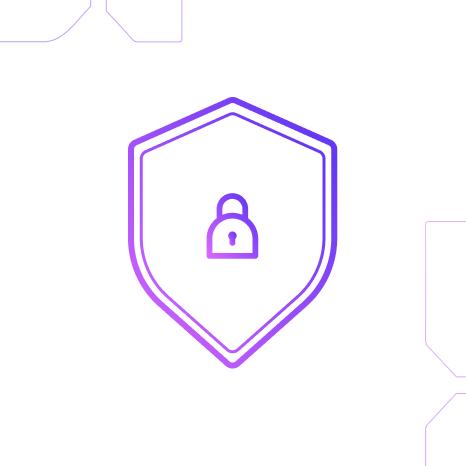

Things To Consider when Building a Logistics App?

Why to build a Logistics App?
The logistics industry deals with the commercial transportation of goods to customers, and as it continues to grow exponentially it pushes the boundaries of innovation out of the necessity for efficiency.
The headaches of tracking records grow as businesses do, and a big team to deal with all these records is another problem to arrange.
Managing logistics can be automated and highly streamlined however, with a mobile app. They can keep supply in line with demand and save a lot of time and effort.
What is a Logistics Tracking App?
With origins in the military, this word refers to moving equipment and supplies from a certain place to another via a system. A logistics app is a tool that aids this process by recording orders, deliveries, payments in a single place. It can really be used to mean any app that stores a business’ resources, then optimizes them for maximum productivity.
This type of app can be great for on-demand delivery apps, but also for transportation, warehousing, and truck logistics apps. They aren’t limited to just business owners, as they are equally effective for middle-men and end-users.
The Importance of Logistics Tracking Apps
These apps help a business keep track of activities being performed, and continuously so. These activities are directly related to the supply chain, and a good entrepreneur should know where their services are being demanded, what plan of action they should take, and how their sales relate to their services.
All this can be recorded with a logistics tracking app easily, 24/7. Especially since the onset of the pandemic, there has been a huge increase in on-demand delivery apps and services. Logistics apps help makes these services effective and efficient. These apps can:
1. Improve customer service
These apps help a business increase customer satisfaction. They attend to their customers’ orders as quickly as possible, allow customers easy access to track their order, and mean that customers can communicate with the delivery staff and reschedule deliveries at their convenience.
2. Bring assurance
Customers have assurance for their deliveries as the app allows the customer to see data about their delivery such as route, expected arrival time, order ID, and more. This means that customers are more likely to order from a business as these features help them feel safer about ordering.
3. Offer the business constant attention
These apps help business owners to keep an eye on their business proceedings constantly because mobile apps are on mobile phones, which in the current age, are in use constantly. As such, this constant attention helps the business feel confident about their item/service.
4. Save costs
Such apps cut down on time and staff, which both mean that a lot of costs are cut too. Additionally, costs are saved because the app can significantly reduce miscommunications and middlemen.
5. Reduces paperwork
Aside from going green, reducing paperwork also saves time and tedious processes. Records last without taking up space, and are far easier to access.
Building such an app requires a few things to be considered.
Hierarchy of Supply Chain Management
This is a major aspect that must be remembered when developing a logistics app. Knowing the tactical, strategic, and operational levels present in a business are key to planning and analyzing a project.
- Strategic Management – investors, executive admins, C-level executives. Long-term planning and decision-making happen at this stage with the appropriate strategic planning.
- Tactical Management – logistics middle management and engineers. Yearly, quarterly, and monthly plans for the supply chain are made, including risk minimization, medium-term decisions, and cost control.
- Operational Management – logistics manager. They make decisions on dispatching, routing, and assigning tasks to workers, as well as generating daily reports and analyses on worker activities.
- Execution Management – Warehouse staff and drivers. This stage involves the execution of warehousing, transportation, and other supply chain tasks.
Essential things to remember while building logistics tracking apps
There are four main things to remember while building apps for logistics, and these are control and usability, features, development, and cost.
Features
The customers should have the following made easily available:
- User-friendly experience so that app navigation is simple and not confusing.
- Simple sign-in or registration so that users don’t spend an eternity filling in information.
- Booking details, such as order placed, order ID, and product(s) description should be available.
- Easy payments.
- Location search, to help find the nearest feasible locations, for example.
- Ratings and reviews.
Driver application
Serving as the bridge between the business and the customer, the app should have a part of it dedicated to the driver with a comprehensive collection of solutions for their needs.
- Order requests – The driver is notified of requests based on geographical locations, so that they can choose whether or not to accept it.
- Onboarding – For drivers to state their availability.
- Route navigation – An in-app GPS navigation system so that they can be as efficient as possible.
- Payments – A built-in payment system helps compensate drivers in a timely manner and keep tabs on unjust practices.
- Bill approvals – Drivers can submit bills and ask for relevant reimbursements.
- Order details – Drivers can access details on the order they are currently completing (order ID, location, billing amount, etc.).
Admin panel
The admin supports the business, and handling warehousing, orders and more can be done from the admin panel. It should feature:
- Dashboard – Where all details of placed orders can be accessed, as well as orders shipped and warehouse details.
- Driver management – Drivers’ details (such as amount of orders delivered, ratings, user feedback) can be tracked.
- Fleet management – Status of orders shipped.
- Bills and tariffs – So that the admin can keep a log of all business-related transactions and involved intermediaries.
- Push notifications – This allows the admin to send special notifications to middlemen, users, and drivers. They could be discounts, offers, or fee boosts for drivers.
Additional features
These can include chats or the app being available in multiple languages. Additional features enhance the user experience even more.
A business should also use the right technology stack for implementation.
- SMS, Voice and Phone verification – Twilio, Nexmo
- Database – MongoDB, Cassandra, Mailchimp Integration, HBase, PostgreSQL
- Push notifications – Twilio, Push.io
- Payments – Stripe, Braintree & PayPal, EWallets
- Cloud Environment – AWS, Azure, Google
- Real-time Analytics – Big Data, Spark, Cisco, IBM, Apache Flink, Hadoop
Although creating mobile logistics apps isn’t easy, the main focus should be on budget, need, and purpose. When these three can work together, then reaching out to an expert team will result in an excellent app that will greatly benefit a business.
Interested in Learning More About x-enabler Book a One-to-One Personalized Call



Leave a comment!